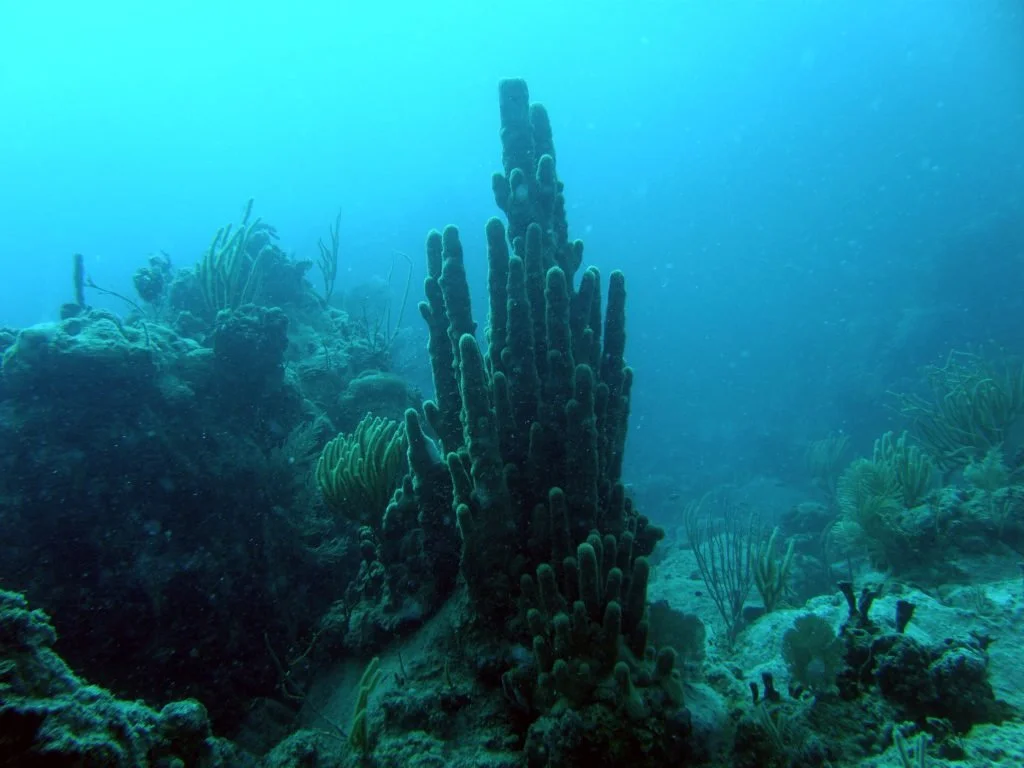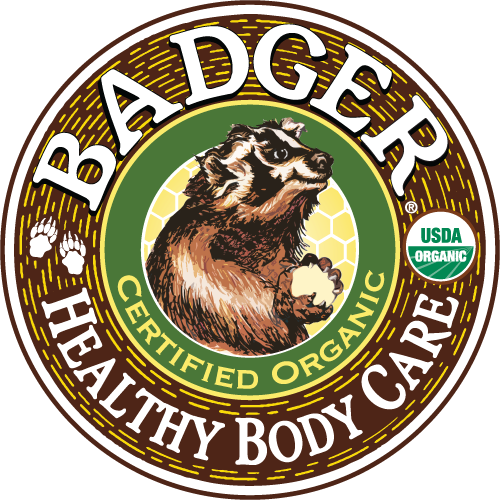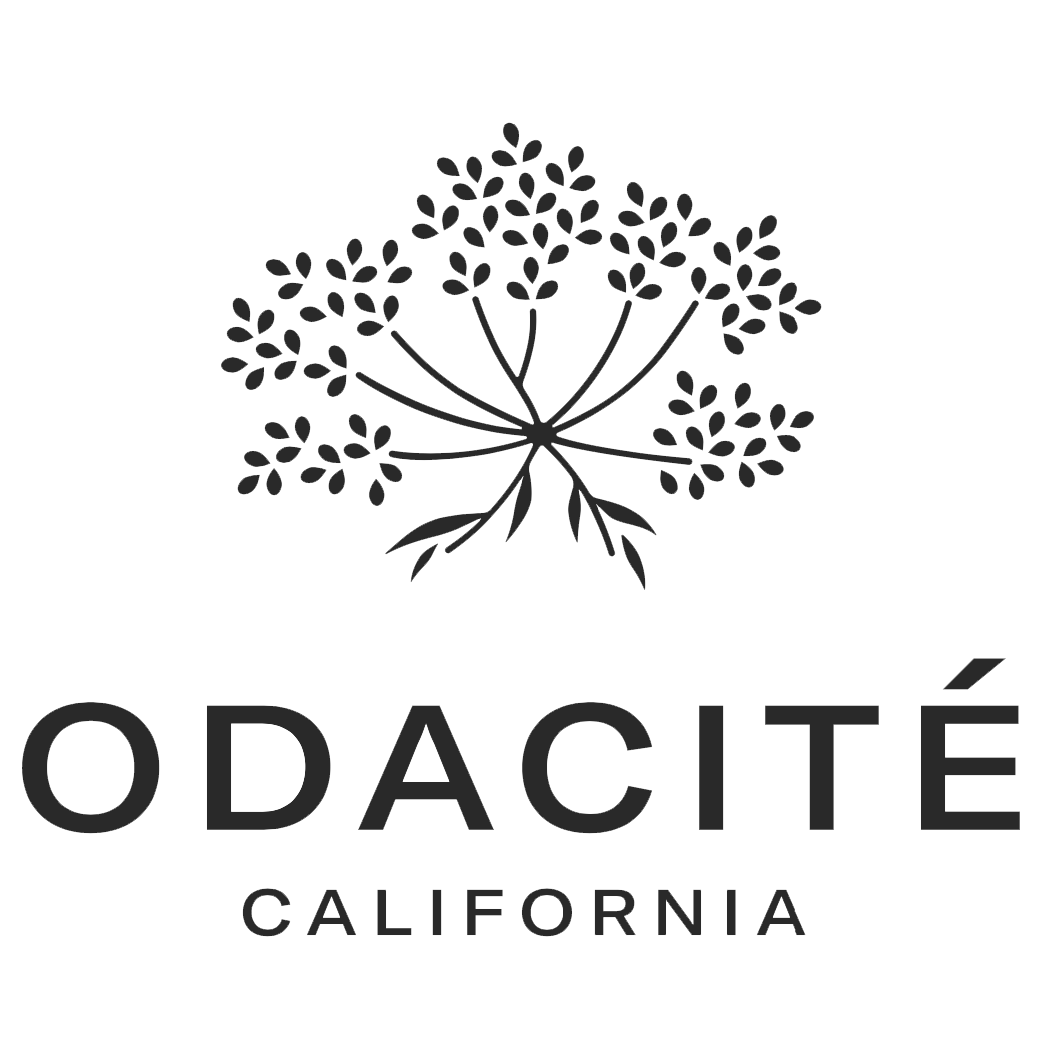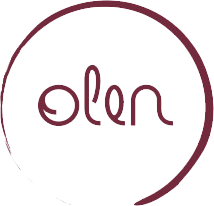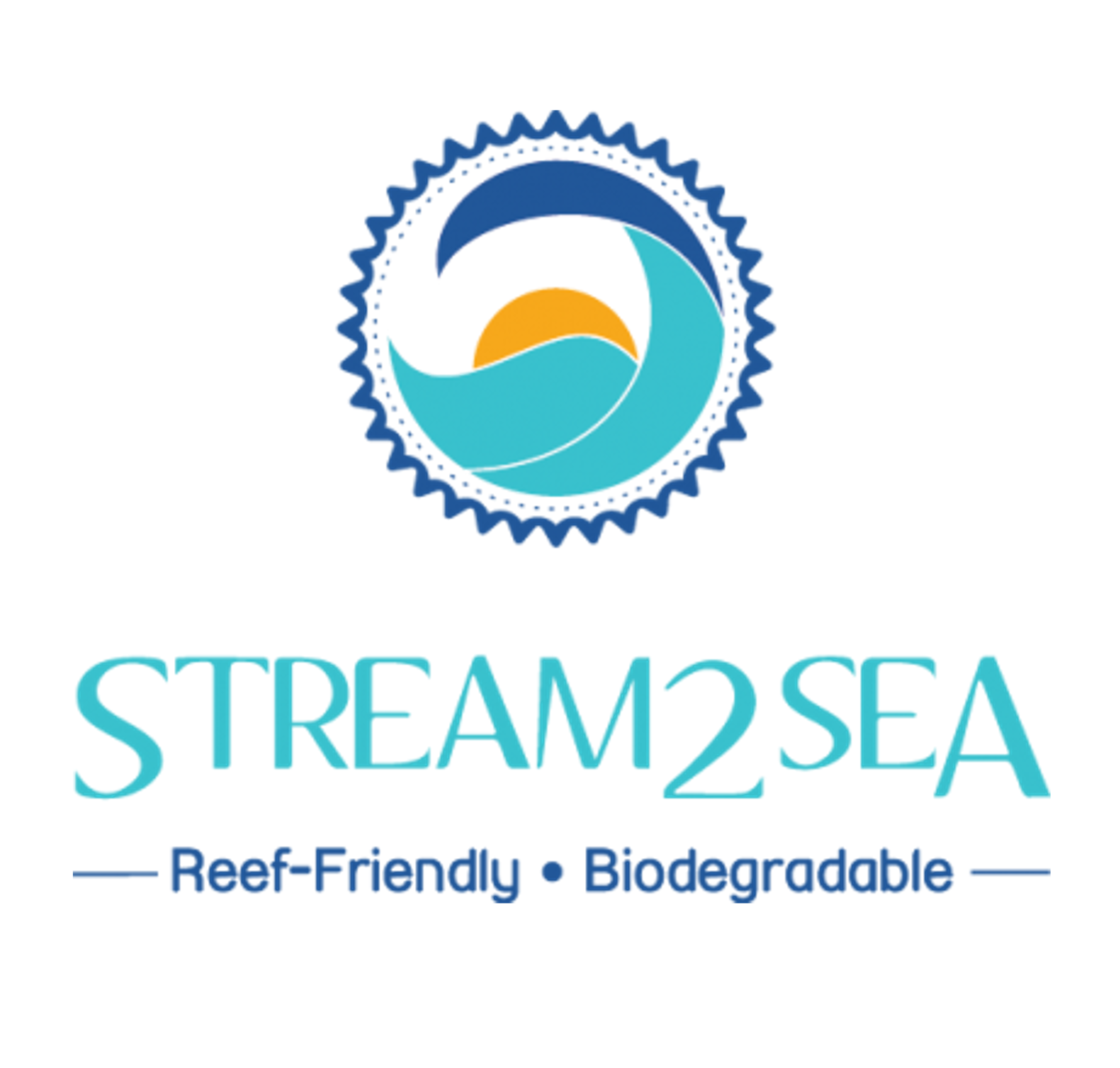Sunscreen Chemicals are Destroying Coral Reefs and Hawaii Has Banned Them
In 2017, HEL conducted a study at the iconic snorkeling spot, Hanauma Bay in Hawaii and found that nearly 2,600 average daily visitors left around 412 pounds of sunscreen in the ocean. Osybenzone and octinoxate, ingredients found in most sunscreens break down coral by leaching it of nutrients and disrupt the development of fish and marine life.
The damaging effects of sunscreen can occur in concentrations as low as 62 parts per trillion. This is equivalent to one drop of oxybenzone in six Olympic-sized swimming pools. Imagine what 412 pounds of sunscreen is doing to this coral reef haven.
HEL’s Protect Land + Sea Certification makes it clear for consumers and manufacturers which products are safe for humans and the environment.
Protect Land + Sea Certification
Is your sunscreen negatively impacting coral reefs and marine life?
Are the skin care products you use environmentally friendly when you are swimming, surfing, snorkeling, diving, or boating?
Do you know which sunscreens are “safe” for the coral reef environment, sea turtles, and other aquatic life?
If a product wears the Protect Land + Sea Certification Seal, you can rest assured that a product contains no ingredients that may be harmful environmental pollutants.
What does PL + S Certification Certify?
Products labeled with the “Protect Land + Sea” Certification Seal mean that the product has been laboratory‐tested using analytical‐forensic techniques to verify that the product is free of the chemicals that are on the “HEL LIST.”
The HEL LIST is a list of chemicals that are known pollutants in many different environments (freshwater streams, river, beaches, and ocean systems) or wildlife (e.g., corals, fish, birds, marine mammals, sea turtles). All of them pose a threat to Ecosystem Health.
Many of the chemicals on the HEL LIST are intentionally included into the formulation of a product, and are either listed or not‐listed in the ingredient‐labeling of the product. They may also contaminate a product by being added to an ingredient before the product manufacturer obtains the ingredient (e.g., parabens used as preservatives in glycerol, camphors in fragrances). No matter how the chemicals on the HEL LIST can get into a product, CERTIFIED products DO NOT CONTAIN any chemical on the HEL LIST.
What Chemicals are on the HEL List?
Any form of microplastic sphere or beads.
Any nanoparticles like zinc oxide or titanium dioxide.
4-methylbenzylidene camphor
Octocrylene
Para-aminobenzoic acid (PABA)
Methyl Paraben
Ethyl Paraben
Propyl Paraben
Butyl Paraben
Benzyl Paraben
Triclosan
Homosalate
Octisalate
Butyloctyl salicylic acid
Propylparaben
“Any of the nylon powders used in cosmetics and personal care products, such as Nylon-6 (polyamide 6), Nylon-10 (polyamide 10), Nylon-11 (polyamide 11), Nylon-12 (polyamide-12), all of the Orgasol polyamide product lines, any of the polyester plastic powders such as polyester-8, polyester-25, nylon glitters, polyester glitters, HDI/trimethylol hexyllactone crosspolymers, any of the polycarolactones, and any of the polyethylene powders or fibers.”
PL+S Certification is Different
The Protect Land + Sea Certification (PL+S) is different from other certification programs, such as Organic and Fairtrade. These certifications ask the manufacturer to guarantee a product abides by its criteria.
PL+S Certified Products, on the other hand, are independently tested by Haeretics Environmental Laboratory (HEL) to ensure they DO NOT CONTAIN anything on the HEL LIST.
PL+S Product Certifications last for only two years. Why? New science is always being generated. PL+S is on the cutting edge of incorporating new scientific discoveries.
New chemicals are added to the HEL LIST at the beginning of every new Certification period. These are chemicals known to contaminate wildlife and pose a threat to their welfare. This means that companies have to re-certify their products to keep up with the science.
Certification for products occurs in three phases. Click on the button below to read more about the three-phase certification process.
What is Haereticus Environmental Laboratory (HEL)?
HEL is a non-profit, scientific organization whose mission is to conserve wildlife and ecosystems. For over 10 years, we have conducted rigorous scientific and environmental investigations. In the last year, we have had thousands of people from all over the world ask us how they could be involved in our effort to protect and restore ecosystems of the land and sea.
How Does a product Certification Help Our Ecosytems?
Product Certification informs the general public about marine pollution, especially from seemingly innocuous sources like personal-care products, sunscreen, lotion, property maintenance products (washing your car or keeping your boat foulant-free), clothing, and plastic packaging.
Certification also provides consumers and businesses with a means of identifying ecologically safer products that do not contribute to aquatic and marine pollution.
Finally, certification encourages industry to develop safer-formulated products that reduce their contribution to pollution.
Are Your Products Safe?
HEL has developed a list of chemicals and attributes in personal care products that are found in a number of different aquatic and marine ecosystems that can have a detrimental effect on their existence. We call this list of chemicals and physical-attributes the “HEL LIST.”
Products that are Protect Land + Sea Certified
Click on logos below to see test results for specific products.



